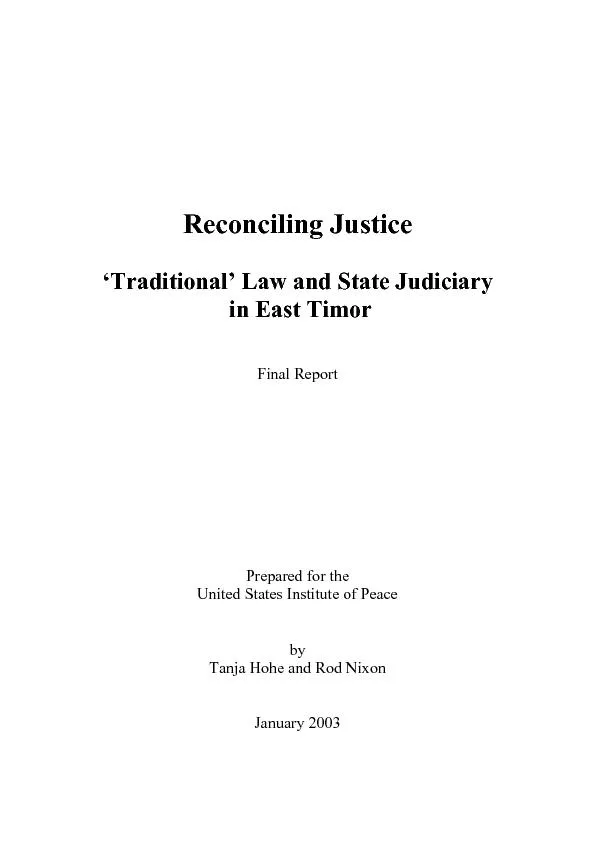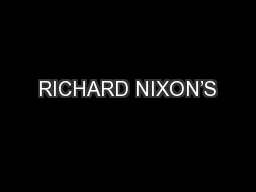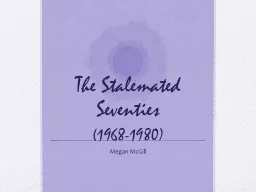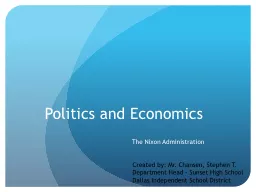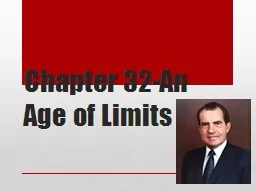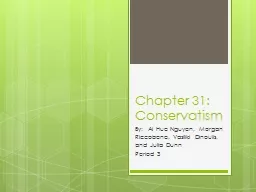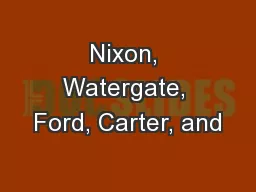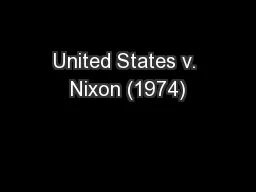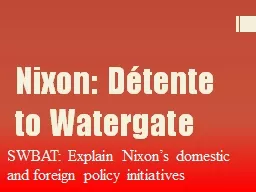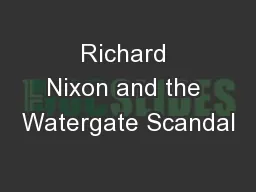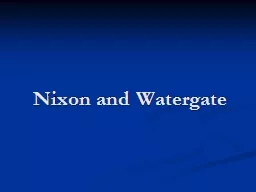PDF-Prepared for theTanja Hohe and Rod Nixon
Author : faustina-dinatale | Published Date : 2016-07-20
Page 2190303Executive SummaryLocal legal systems have proven of continuing relevance in East Timor throughout andbeyond the periods of Portuguese colonial and Indonesian
Presentation Embed Code
Download Presentation
Download Presentation The PPT/PDF document "Prepared for theTanja Hohe and Rod Nixon" is the property of its rightful owner. Permission is granted to download and print the materials on this website for personal, non-commercial use only, and to display it on your personal computer provided you do not modify the materials and that you retain all copyright notices contained in the materials. By downloading content from our website, you accept the terms of this agreement.
Prepared for theTanja Hohe and Rod Nixon: Transcript
Download Rules Of Document
"Prepared for theTanja Hohe and Rod Nixon"The content belongs to its owner. You may download and print it for personal use, without modification, and keep all copyright notices. By downloading, you agree to these terms.
Related Documents

